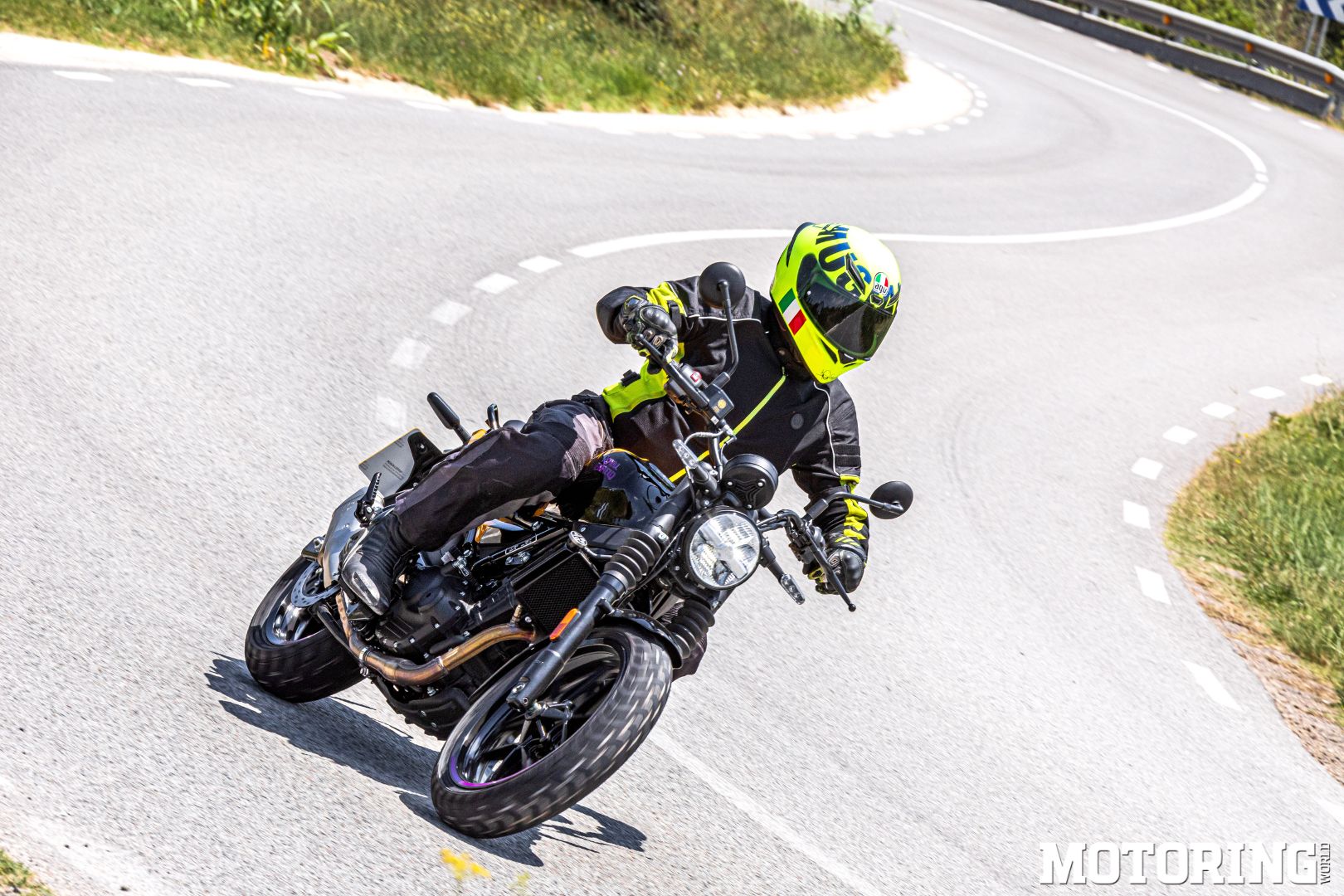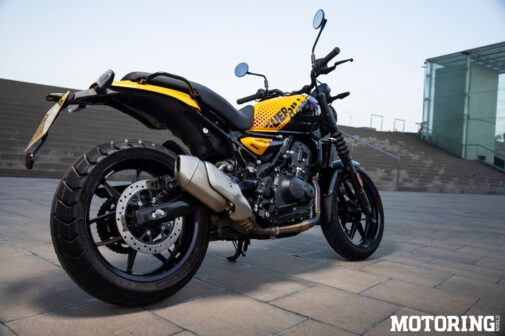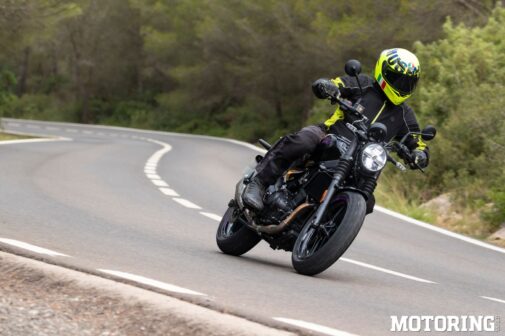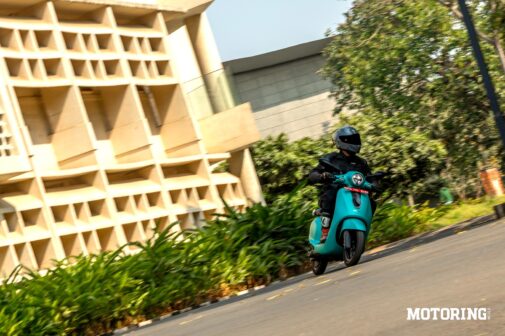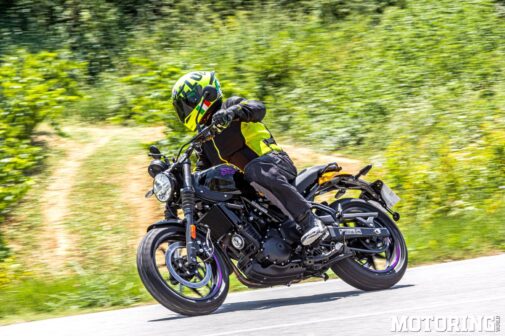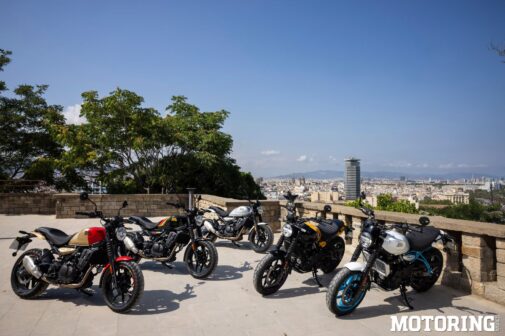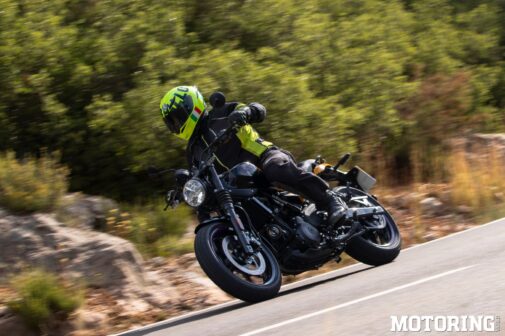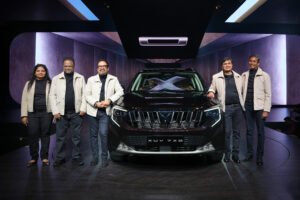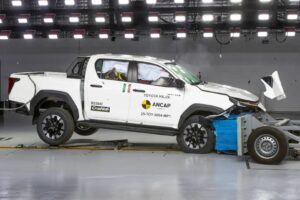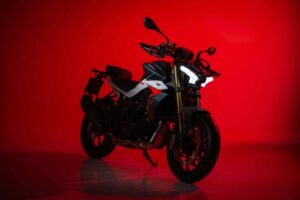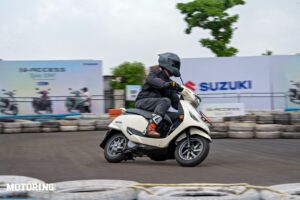I suppose just one reading of the first paragraph when they type in ‘guerrilla’ on Wikipedia should be enough to make most people uncomfortable. Why someone at a company as incumbent in the mid-capacity segment as Royal Enfield thought that name would be appropriate for a motorcycle that is the first real-world shot at a meaningful globally ever-growing chunk is beyond me. Here is my reasoning — RE’s J-Series bikes are characterful but leisurely; the 650 twins are fast but not everyone wants a twin; the Sherpa 450 is the first real modern single from RE in every sense of the word, and hence the one to take on the world. It didn’t really need to be named after a form of ‘petty warfare’. The bit in quotes is one of the ways Wikipedia defines it, by the way.
RE had to make this motorcycle, of course — after having developed an all-new platform for the Himalayan, another motorcycle (and more?) based on its underpinnings was inevitable. Everyone knew it, too, since the ever-popular Indian adventure motorcycle was reincarnated. The fact that this new motorcycle didn’t directly and emphatically provide a link to either of RE’s junior Scram or Hunter line-up — that bit’s somewhat confusing. But I suppose that’s what ‘differentiation’ is all about. And it’s a good thing that the Guerrilla 450 is beyond such trivialities.
Now, the phrase ‘real world’ implies one’s regular environment. Mine certainly doesn’t include the twisty mountain roads near Barcelona, Spain, but the Guerrilla never seemed out of place over there. I rode it through more corners there on a 160-km day than I have in the last six months, and the Guerrilla took it all in its remarkable stride. Remarkable, I say, because even despite being 11 kg lighter than the Himalayan, it still weighed 185 kg, and that’s not a light motorcycle for me. And even so, it felt way lighter on the move than the spec sheet suggested, and that should embolden anyone who swings a leg over its low seat for a skirmish.
Also, absolutely do not make the mistake of thinking that this is just a Himalayan with smaller wheels. Via a number of subtle and obvious changes, the Guerrilla boasted a personality that could be described as ‘reassured derangement’. The latter part of this contrasted description was down to its nimble handling; the Guerrilla’s rake and trail numbers translated into a motorcycle that had its nose to the ground, always hunting for corners. And its fat tyres and long-ish wheelbase provided the confidence required to put as much of the Sherpa 450’s power to the ground as I wished. Or was capable of.
On the twisty mountain roads we were on, a sequence quickly became a familiar one — nudging triple-digit speeds on straights, the Guerrilla’s intake roar poking fun at speed signs; coming up on a corner indicated by a chevron-laced sign, downshifting as needed, revs rising at the entry; trying to trace a smooth line through the corner, not worrying if it tightened up because the Guerrilla would simply offer more lean angle to aim for the exit; grabbing a big handful of throttle to let that motor scream all the way to the next corner. And this sequence repeated itself roughly as many times as the number of Classic 350s sold every month.
However, I always had to be in the right gear/s at the right time; the Guerrilla did not like it when I tried to pull away in third from a slow corner. This meant some frequent tapping of the gear lever, even if the rev band was quite a generous one. The good thing was that the engine remained smooth all the way through the mid-range, which was the place to be on the Guerrilla. And on the one occasion that I saw an easy 140 kph on the speedometer, I did feel a buzz all over the bike. Nothing went on the fritz when I hauled on the brakes, though; from all kinds of speeds, the Guerrilla was predictable and confident in its deceleration. Except that one time when I tried to make it do something stupid and succeeded almost too well.
Going into a fast-ish downhill left-hander, I braked, which prompted the bike to stand up and head for the Armco. However, all it took was a light pull on the ’bar and I was pointed the right way again. And in that moment, I knew that the Guerrilla was a forgiving motorcycle, after all, and soon I was riding it harder than I’d done before. Yes, it didn’t like being manhandled into a corner, preferring a smoother set of inputs to a bunch of hamfisted ones, but that was about it. Also, given the largely brilliant roads, ride quality was excellent. However, the few bumps I encountered left me wondering if things would be the same on continuously bumpy surfaces, i.e., the roads back home.
What’s more, my backside had started to complain towards the end of the day, and I was already making a mental note to ask RE for the optional taller and flatter seat for our test bike in India. It also looked better to my eyes with its un-scalloped profile. And that brings me to the Guerrilla’s appearance. There’s no mistaking it for anything other than a roadster, though the tyres’ off-road vibes might elicit a curious frown or two. Also, from the five colour options for the Guerrilla, I found the base version’s simple silver to be the most unpretentious one. From that you may infer what I thought of the other ones. While we’re on the topic, handsome motorcycles tend to look best in solid colours, no?
In the end, what is the Guerrilla? A Hunter or a Scram, or a bit of both? Well, it’s an option for those who find the Himalayan too intimidating, the Triumph Speed 400 too small, the KTM 390 Duke too garish, and the Husqvarna Svartpilen 401 too obscure. If you’re thinking of any other 400s, never mind them. It’s a modern RE single that can do much more than previous RE singles ever could. While other manufacturers are busy targeting its 350s, RE has gone and launched an attack on a higher battlefield for the first time. And don’t read too much into the motorcycle’s name, either — it takes the herd head-on and does a good job of it, too.





